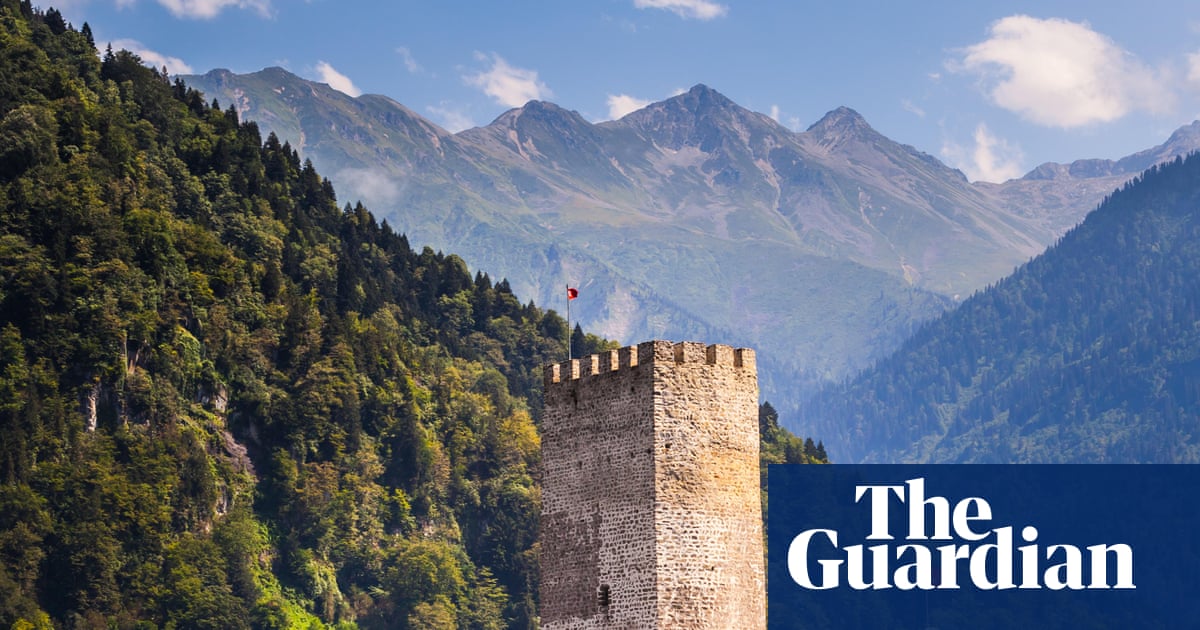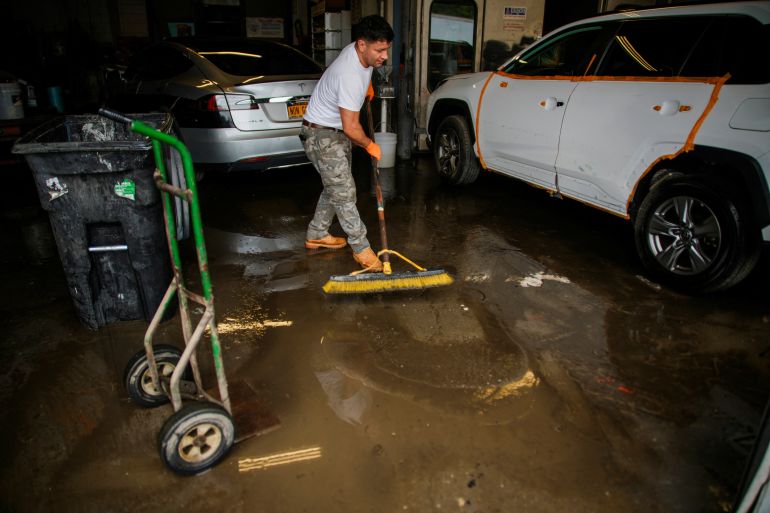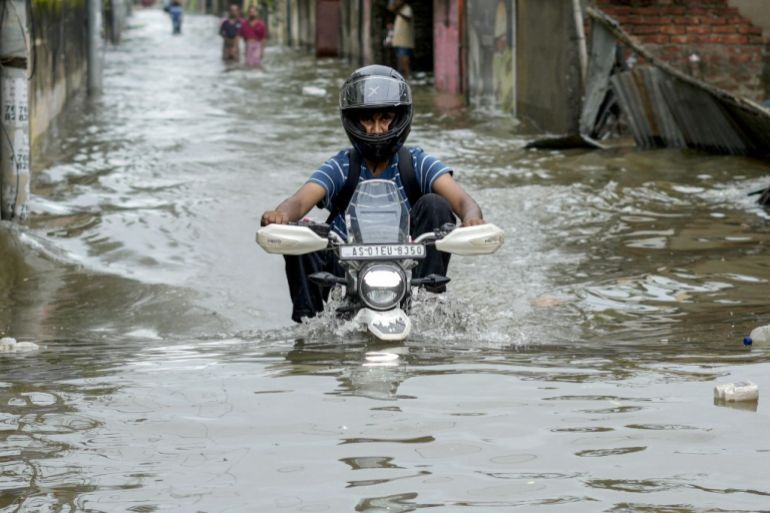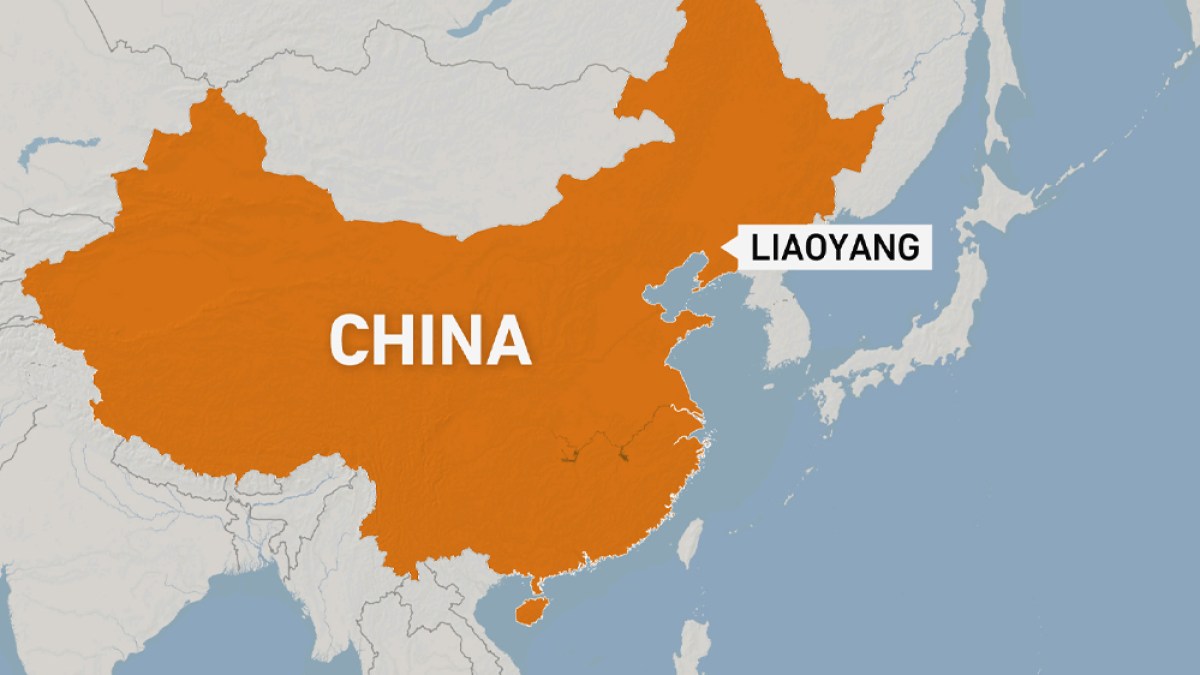On the Rize: a road trip to Turkey’s fairytale north-east | Turkey holidays
A rainy part of the world where locals’ tea-drinking habits verge on obsessive. That may sound familiar, but a shared love of tea is where similarities between Turkey’s Rize province and the UK start and end. In fact, this corner of the country feels more like a mythical land, a fairytale mix of mist-shrouded mountains and dramatically plunging valleys cloaked in impenetrably deep, dark forests.
Despite the dramatic landscapes, international tourism has never really taken off here. Running between the eastern edge of the Black Sea and the rugged Pontic Alps, just shy of the Georgian border, it’s been a tricky spot to reach, historically (a bus journey of about 19 hours from Istanbul – though an airport opened in 2022, which cuts this to two hours).
I became intrigued by Rize when researching a book on the world’s best road trips. I spent weeks cruising the globe’s highways, country lanes and mountain passes via Google Street View. When I reached Turkey, I noticed a long green belt running along its northern coastline and discovered a land of dense tea plantations, cliff-hugging roads, roaring rivers and wooden villages.
Curious to find out more, I convinced a friend to come on a road trip to the Fırtına valley, home to some of the region’s most spectacular scenery (as well as being its most accessible area – large swathes are serious wilderness and should only be visited with a guide).
Rize is the name of both the province and its capital city, an unassuming coastal hub. We decide to prioritise our time in deep nature, so head straight for the mountains in our hire car rather than lingering in town. As we head east towards the Fırtına valley, our route is lined by the shimmering turquoise waters of the Black Sea on one side and rolling tea plantations on the other, where the steep hillsides are dotted with workers gathering leaves into wicker baskets strapped to their backs. Rize has been Turkey’s leading tea-producing region since the 1940s. It is the country’s wettest region, but rain tends to dissipate quickly during the summer months, leaving thin wisps of mist trailing across the hilltops.
After about 20 minutes, we reach the mouth of the Fırtına River. The name translates as “stormy” and its waters crash along the rocky riverbed. The further along it we drive, the more ferocious it becomes; the valley sides loom over us, their steep slopes blanketed in dense forests (apparently home to a growing population of brown bears).
After half an hour, we reach Çamlıhemşin. The town skirts the riverbanks precipitously, cradled by towering, mossy cliffs. We wander along its main street as the sun sets, passing a few tea houses, bakeries and shops selling honey and local cheese.
Dinner is at the Çamlıhemşin cafe-restaurant on the river, where we feast on chargrilled chicken skewers, white bean stew in a rich tomato sauce, and hunks of bread. With the help of Google Translate, our waiter proudly tells us that the loaf is homemade.
After dinner, a staggering series of hairpin bends leads to our accommodation: Dudi Konağı, a towering stone mansion that clings to the valleyside. Once one of the grandest private homes in the region, it was built in the early 1900s by the Tarakçıoğlu family, who made their fortunes in Russia. Today it’s a 24-room guesthouse with restored timber panelling, carved stone fireplaces and rustic wooden furnishings. We’re ushered up to our room on the third floor, where we fall asleep to the sound of a nearby stream and the soft croaking of frogs.
The next day, we head off deeper into the valley, towards the lofty, snow-capped peaks of the Kaçkar mountains. We trace the course of the river, passing thundering waterfalls hidden within corridors of beech and chestnut trees, and stone bridges that date back to the early years of the Ottoman empire.
Our first stop is Zil castle, a 14th-century fortress that rises above the thick forest canopy. Historians believe it was constructed by the empire of Trebizond, an offshoot of the Byzantine empire that thrived along the Silk Road. For centuries, Zil castle guarded a critical mountain pass that connected inland routes with ports on the Black Sea, watching over caravans carrying spices and silks between Europe and Asia. Today, it’s a miraculously preserved masterpiece of medieval engineering, with sweeping panoramic views across the valley.
As we press on, we spot a colourful new addition to the landscape: rhododendron bushes. These plants, bursting with bright purple flowers in early summer, are responsible for one of the region’s more unusual delicacies, deli bal (or “mad honey”). The nectar of this native variety of rhododendron contains a neurotoxin that slows the heart rate, is said to pack a hallucinogenic punch and has aphrodisiac properties. The honey is among the world’s most expensive. With the land too steep and rugged for regular agriculture, beekeeping is big business here.
after newsletter promotion
The region is home to the Hemshin people, an ethnic minority who originated in Armenia but have been present in the Black Sea region since the eighth century. This relative isolation has helped keep its distinctive language, culture and traditions alive. One age-old custom is black hive beekeeping, which involves hoisting hives high into the branches of hornbeam trees, so they are out of the reach of greedy bears.
As we edge out of the Fırtına valley, the road turns to a rocky track and snakes upwards into the Kaçkar mountains. We head deeper into the clouds until we’re enveloped by thick mist. Our final stop, Elevit, is a small mountain hamlet, which perches prettily on a high-altitude plateau. People only live here in the summer months to tend their livestock, then descend to the towns when the snow arrives. It’s still quite early in the year and the village is eerily quiet. The mist adds to the mysterious atmosphere: shuttered wooden chalets appear ghost-like through the haze; a technicolour blanket of wildflowers has a thin, dewy sheen.
Behind the fog lie the high peaks of the Kaçkars. An extension of the Caucasus, the range extends 620 miles along Turkey’s Black Sea coast, making them more than twice as long as the Pyrenees. While it’s possible to hike here without a guide, it’s not advisable. The area isn’t properly set up for day hikers; paths through the rugged terrain aren’t marked clearly. Had we more time, we would sign ourselves up for a guided trek – offered by the likes of Montis and Two Ararat – to explore the untamed wilderness of lofty peaks, glacial lakes and mountain pastures. But with our road trip set to continue over the border into Georgia, our exploration into the Kaçkars ends in Elevit.
We drive back to Çamlıhemşin with dusk casting an amber glow over the valley, the river below glinting like a ribbon of steel between the darkening trees. We end our day playing backgammon (or tavla) in a dimly lit, wood-panelled tea house that feels like a working men’s club. The clientele sip tea from tulip-shaped glasses as their wooden counters clack speedily across the board.
The proprietor asks us what we make of his region. “Güzel,” (beautiful) we tell him. He gives us a wide grin and nods. It’s easy to understand why this place inspires such fierce pride in those who call it home. Rize is not packaged for mass tourism, and that’s precisely what makes it worth exploring – a place that still feels wild, where ancient cultures live on, and the tea is always hot.
Accommodation was provided by Dudi Konağı (dudikonagi.com); rooms from €140 a night B&B






